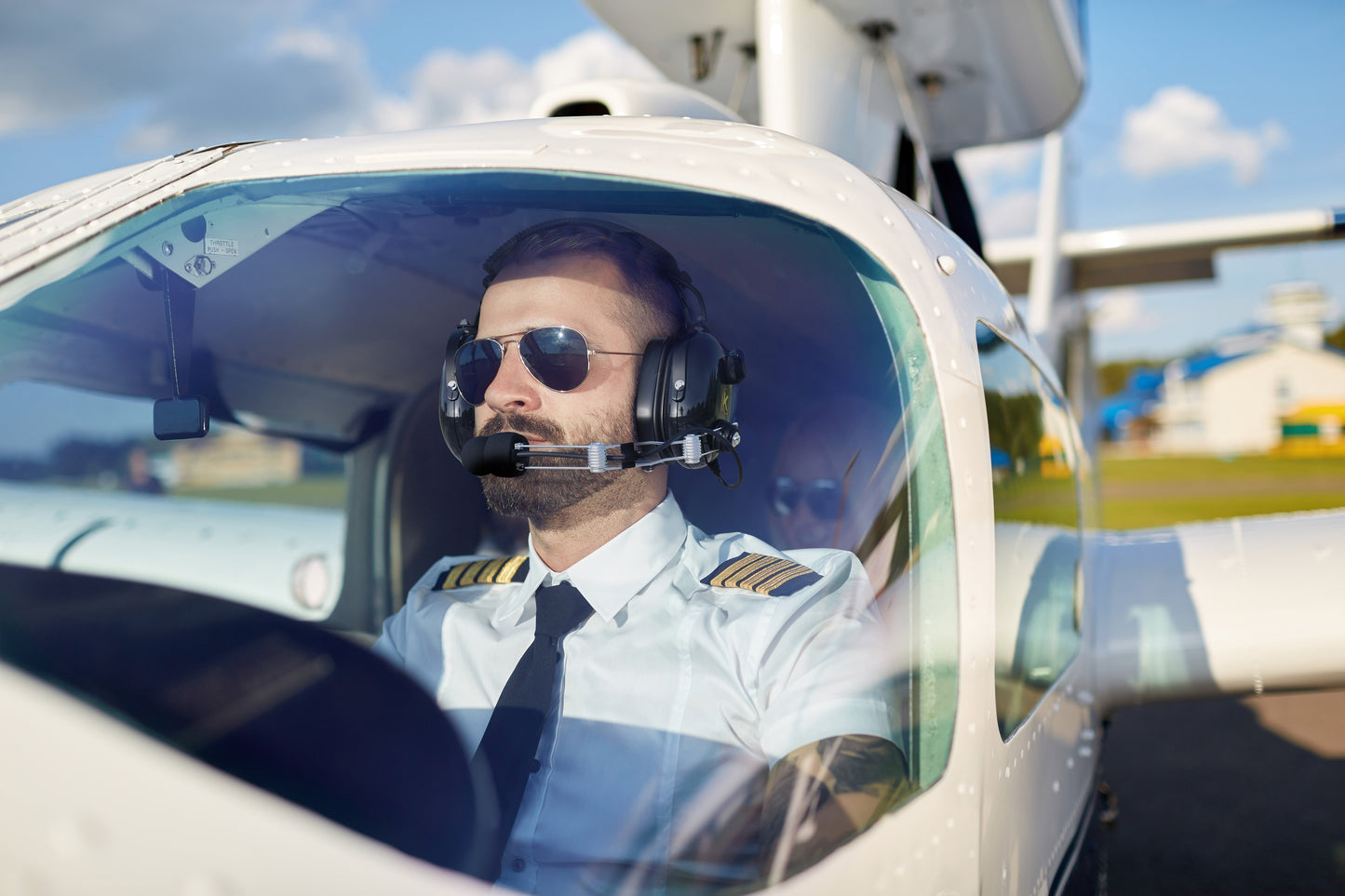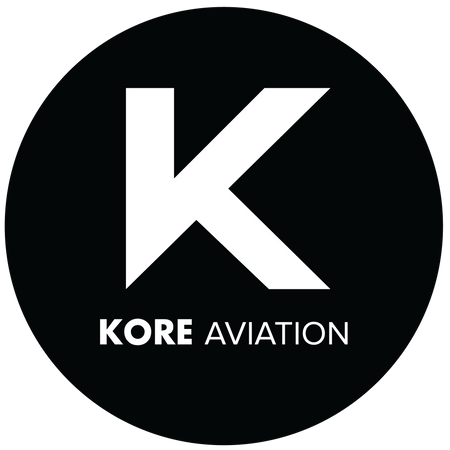
Kore Aviation - Flight training programs are notoriously expensive, making cost transparency essential for aspiring pilots. Prospective student pilots need detailed information about the program structure, systems, and requirements before they can commit.
The journey to be a pilot is by no means an easy task–it involves completing multiple stages of training that can take several months to over a year. Along the way, student pilots must also comply with regulations set by agencies like the FAA or TSA.
For aspiring pilots wondering about the cost of flight training, this guide breaks down everything they need to know. Let’s delve into what flight training involves and how much each course and rating typically costs.
What is Flight Training?
Basically, flight training–the foundation for anyone dreaming of becoming a pilot—is the process of learning how to fly an aircraft. Through a series of structured courses, student pilots gain the knowledge and hands-on experience needed to safely operate an aircraft under various conditions.
During the training, students learn essential skills like airmanship, navigation, aeronautical knowledge, and emergency procedures. Lessons are a mix of ground school (classroom-style learning), flight simulations, and real-world flying. They’ll also go through oral and written evaluations to prepare for FAA exams.
Many flight schools offer full-time training courses, with an option to complete all training programs or take individual ratings one at a time. Here are some of the most common flight training programs students can enroll in:
- Private pilot course: Allows pilots to fly an aircraft for personal, non-commercial purposes.
- Instrument rating: Learn to fly in low-visibility conditions and operate under Instrument Flight Rules (IFR), a must for serious pilots.
- Commercial pilot course: Suitable for those looking to pursue an aviation career.
- Flight instructor course: Get certified to teach others how to fly while building flight hours and sharpening your skills.
- Multi-engine add-on course: Learn to operate aircraft with more than one type of aircraft/engine—often required for larger planes and advanced flying roles.
Each program has its requirements that students need to comply with before enrolling. After getting a commercial pilot license (CPL), students can also pursue an airline transport pilot (ATP) certificate—the highest level of certification for airline pilots, offered by select schools.
What is TSA Approval?
One of the known requirements for those who want to apply for flight training is approval from the Transport Security Administration (TSA), responsible for making sure anyone learning to fly in the U.S. is properly vetted.
Why? It’s all about national security. The U.S. wants to know who’s coming into the country for flight training—and ensure that every student is cleared before stepping into the cockpit.
Who Needs TSA Approval for Flight Training?
Only non-U.S. citizens (international students) need TSA clearance before they can begin flight training. Here’s how to get TSA approval:
-
Create an FTSP Account Complete
Head over to the Flight Training Security Program (FTSP) website to set up an account. -
Complete Application
Fill in personal details, training category, and flight school information. Double-check everything—accuracy matters here. -
Pay the Application Fee
Make the required payment. This is non-refundable once submitted to the FTSP. -
Submit Required Documents
This includes a copy of passport, visa, proof of English language proficiency, employment verification, etc. -
Schedule Fingerprinting
Submit a fingerprint by scheduling an appointment at an authorized location. This allows the TSA to run a background check to verify the applicant's identity. -
Wait for TSA Approval
Once the background check is complete and everything checks out, TSA clearance is released. This approval is valid for the duration of the training program.
What is the Flight Training Security Program (FTSP)?
FTSP plays a major role in granting TSA approval to non-U.S. individuals. FTSP is a security program that screens all international flight student candidates who want to enroll in FAA-regulated flight training programs by making sure that all foreign flight students do not pose any security threats.
Who Doesn’t Need TSA Approval?
Any flight school attendants who are U.S. citizens do not need this approval. However, they still need to follow the flight school’s requirements. This can be easily passed by simply proving their proof of U.S. citizenship–typically by showing a birth certificate, passport, or another approved document.
How Much Does Flight Training Cost?
Let’s talk numbers—because flight training isn’t cheap, and aspiring pilots should know what to expect before diving in.
The total cost depends on the training path. If starting from scratch with no experience, it is ideal to start with a private pilot certificate and enroll in the Zero Time to Airline program, which can range from $70,000 to $150,000. Here’s a general breakdown of what each step might cost:
- Private pilot certificate: $21,000–$26,000.
- Instrument rating: $21,000–$26,000.
- Commercial pilot certificate: $22,000–$27,000.
- Certificate flight instructor: $6,500–$8,000.
- Certificate flight instructor instrument: $5,000–$8,000.
- Multi-engine add-on: $15,000–$18,000.
Keep in mind that students may also need to pay for aircraft rentals, flight instructors, and the supplies used during the training courses. It's best to consult the chosen flight school for these additional costs before applying.
How Many Flight Hours are Needed for a Private Pilot License?
As set by the FAA, there are hour rules in each course, but for a private pilot license, students need to log at least 40 flight hours. That includes:
- 20 hours of flight training with a certified flight instructor
- 10 hours of solo flight time
- 3 hours of cross-country
- 3 hours of flying at night
- 3 hours of instrument time
Flight Training Isn’t Easy—But the Right Gear Helps
Flight training can be demanding—mentally, physically, and financially. That’s why it’s crucial to invest in the right tools from day one.
To be prepared, student pilots need the proper gear—such as an aviation headset—that lasts for the entirety of their flight school sessions. This is where Kore Aviation can help by providing premium aviation equipment.
For example, the Kore Aviation KA-1 Headset includes superior audio clarity and Noise Reduction Rating of 24 dB. This can help comfort during the flight session at training school.
Kore Aviation headsets can also easily be bought from Kore Aviation’s official website, Amazon, and Instagram shop. Enhance your flight training experience now by equipping the finest aviation headsets, only at Kore Aviation!

